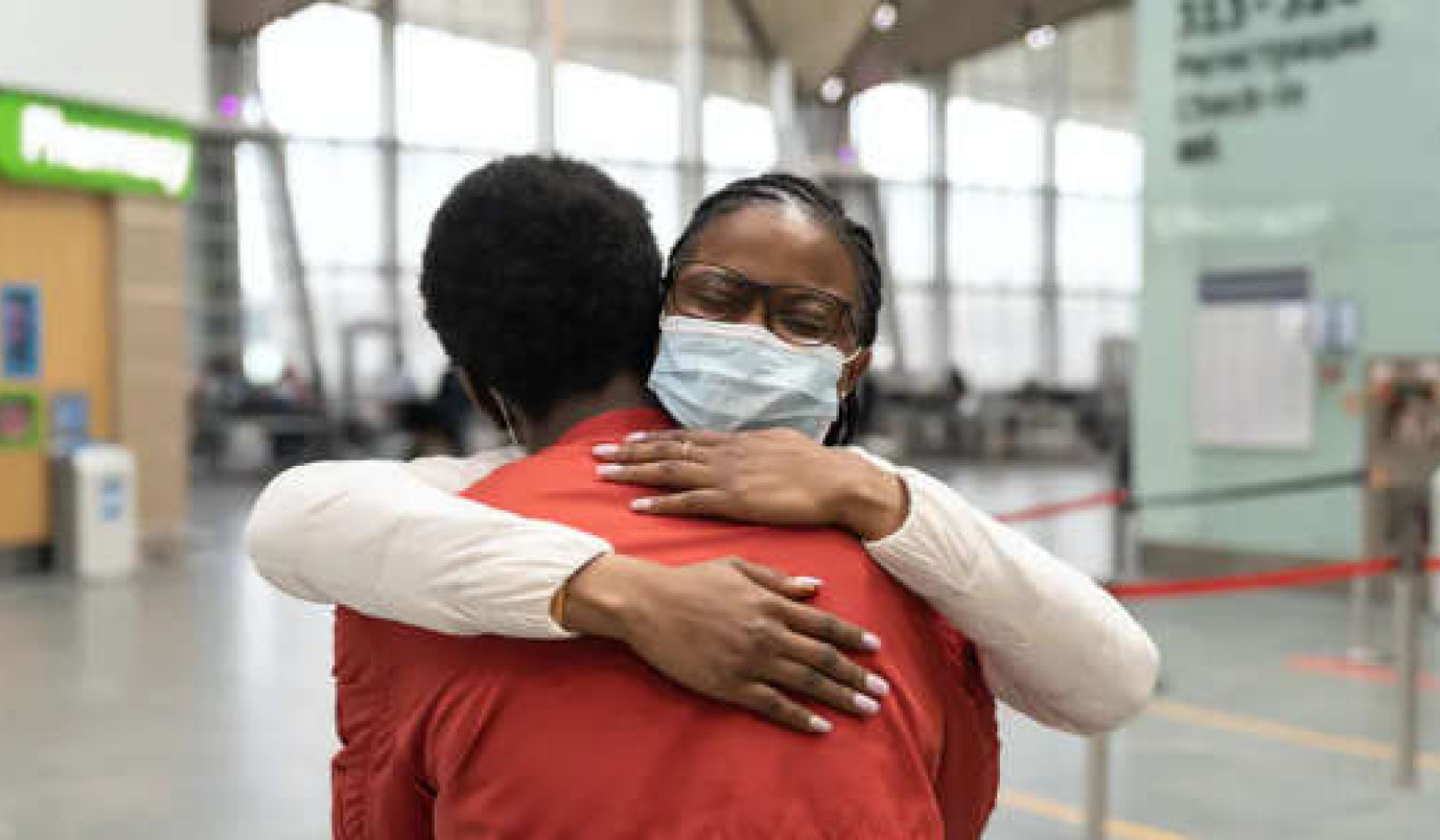Even if Zika sometimes causes pregnant mothers to have babies with microcephaly, this does not necessarily mean every infected mother would have an affected baby.
Zika has raised alarm bells worldwide, prompting the World Health Organisation’s (WHO) declaration of a “public health emergency”, El Salvador’s dramatic recommendation that women delay pregnancy for two years, and the US Centres for Disease Control’s (CDC) recommendation that pregnant women consider postponing travel to Zika-affected countries.
The concern is that Zika may cause microcephaly, a birth defect that leaves infants with smaller heads and/or incomplete brain development.
But despite all the hype, crucial scientific and ethical questions about the virus remain unanswered. Exactly how great is the risk that Zika infection during pregnancy would result in a baby with microcephaly? And what can or should be done to prevent this?
Need for more and better data
The belief that Zika might cause microcephaly is largely based on a recent spike in reported numbers of cases in Brazil. The virus has been detected in the amniotic fluid of pregnant women with microcephalic babies. There is also an apparent increase in the severity of microcephaly (smaller head sizes) in Brazil.
Get The Latest By Email
However, estimates of microcephaly cases in Brazil are in the process of being revised down. This suggests there may have been a transition from under-counting to over-counting of cases.
 Microcephaly
is a birth defect that leaves infants with smaller heads and/or
incomplete brain development. Percio
Campos/EPA
Microcephaly
is a birth defect that leaves infants with smaller heads and/or
incomplete brain development. Percio
Campos/EPA
Other possible causes of increased microcephaly – infections such as rubella and cytomegalovirus (a member of the herpes family), as well as malnutrition and heavy alcohol consumption – should also be considered.
The World Health Organisation admits it has not yet been scientifically proven that Zika causes microcephaly.
Assessing the risk
Even if Zika sometimes causes pregnant mothers to have babies with microcephaly, this does not necessarily mean every infected mother would have an affected baby.
Assessing the risks of Zika thus requires knowing the percentage of infected pregnant women who give birth to babies with microcephaly. If this percentage is higher than the percentage of uninfected women (which has not, to date, been shown), it might be safe to conclude that Zika increases the relative risk of microcephaly.
Even then, the absolute risk that an infected pregnant woman will give birth to an affected infant might still be quite low.
Microcephaly usually affects only a tiny number of newborn children, perhaps around 0.02% (or 2 in 10,000).
If, hypothetically, it turns out that infection with Zika makes a pregnant woman 100 times more likely (than the average uninfected pregnant woman) to give birth to a baby with microcephaly, only (around) 2% of infected women would be expected to have affected babies. This could have significant public health impacts.
It is questionable, however, whether a 2% chance that infected pregnant women would end up with affected fetuses would provide a good reason for all women in countries such as El Salvador or Brazil to delay pregnancy.
It remains to be seen, but the absolute risk that an infected pregnant mother gives birth to an affected baby might turn out to be (much) lower or higher than 2%.
Selective abortion
Regardless of how high the absolute risk of Zika turns out to be, prenatal ultrasound testing could enable the detection and termination of severely affected fetuses.
However, such services are often not available. For religious reasons, abortion laws are especially restrictive in Latin America, where Zika is most prevalent.
The poor are often less likely to have easy access to prenatal ultrasound testing. Even with ultrasound, microcephaly is difficult to detect in early pregnancy, which means abortion, if used, would need to be in the second or third trimester.
Abortion, of course, is ethically controversial. In addition to cases of rape and when pregnancy threatens the life or health of the mother, however, abortion to prevent birth of severely disabled offspring is one of the cases where it is most commonly considered to be ethically acceptable.
 Though
declared a public health emergency, Zika is not expected to cause
many deaths, and need not affect many births. Agência Brasília/Flickr, CC BY
Though
declared a public health emergency, Zika is not expected to cause
many deaths, and need not affect many births. Agência Brasília/Flickr, CC BY
Abortion to prevent microcephaly, on the other hand, is not a decision to be taken lightly. Microcephaly varies widely in severity: some microcephalic children develop severe intellectual impairment, some are moderately affected, and a small proportion have few, if any, impairments.
Inclusive social policies should aim to provide a high quality of life for all children. But, equally, all women should have access to prenatal care (including testing for microcephaly, Zika and other infections) and be free to make their own decisions regarding termination of pregnancy. It’s time for Brazil to revise its highly restrictive abortion policy.
Protecting the vulnerable
The rates of Zika, like those of many infections and other risk factors for microcephaly, are highest in disadvantaged populations. These people already lack access to health care and disease control. Even simple measures to avoid mosquitoes (and sexual transmission) are often unavailable to those living in poverty.
Improved public health data collection (surveillance) and increased access to prenatal care (including testing for microcephaly, Zika and other infections) would help clarify the risks of Zika, enable prevention of birth of affected babies (for those who might choose abortion) and remedy unjust health outcomes more generally.
The most worrying aspect of the Zika crisis is arguably that it might be a sign of things to come. The same dynamics that are driving this outbreak also contribute to emergence and re-emergence of other infectious diseases. Urbanisation, deforestation, globalisation, inequality between rich and poor, and climate change all play a role.
Climate change promotes mosquito-borne diseases such as dengue and chikungunya, which has recently spread to the continental United States. Other climate-sensitive mosquitoes carry malaria, which causes hundreds of thousands of childhood deaths every year.
Increased rates of mosquito-borne disease should compel stronger international action on climate change and investment in infectious disease surveillance, research, treatment and prevention. The World Health Organisation’s declaration of a public health emergency will hopefully lead to such outcomes.
Enclosures
- ^ ()







